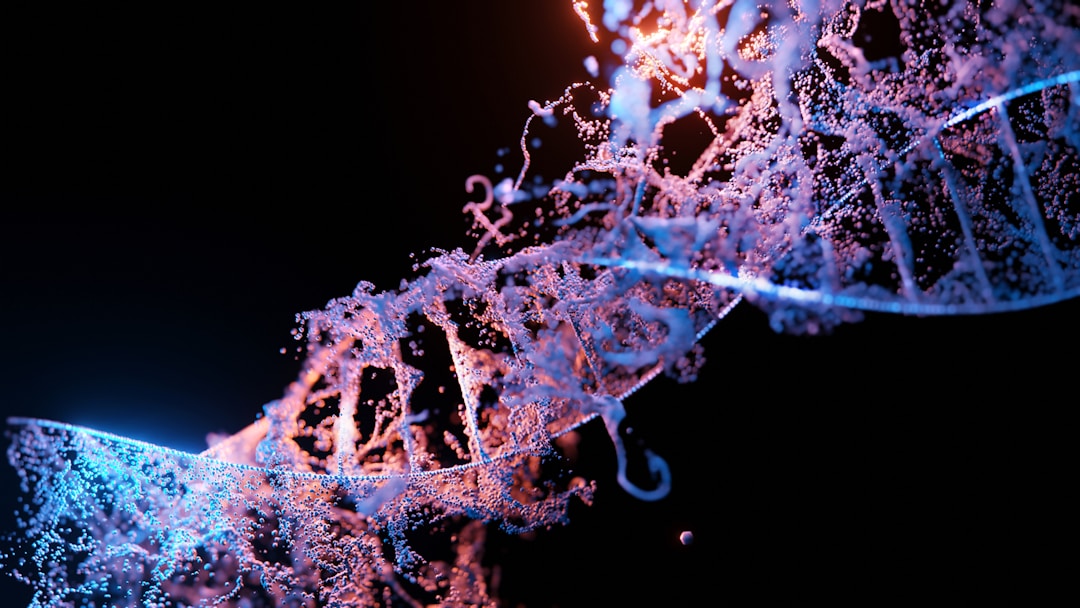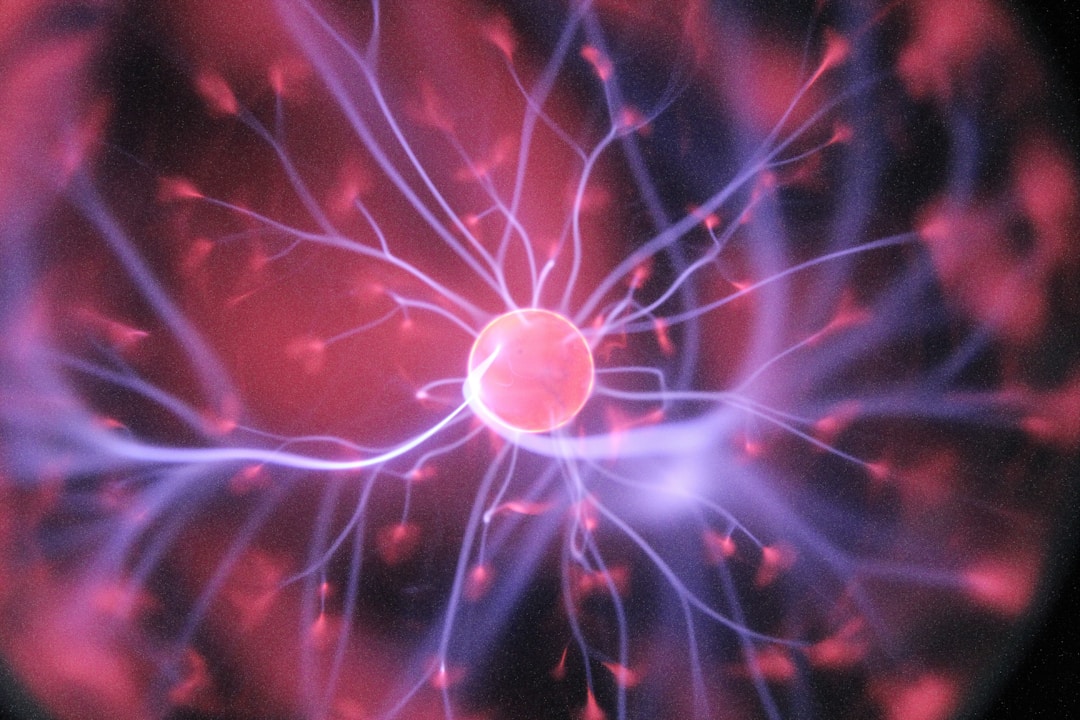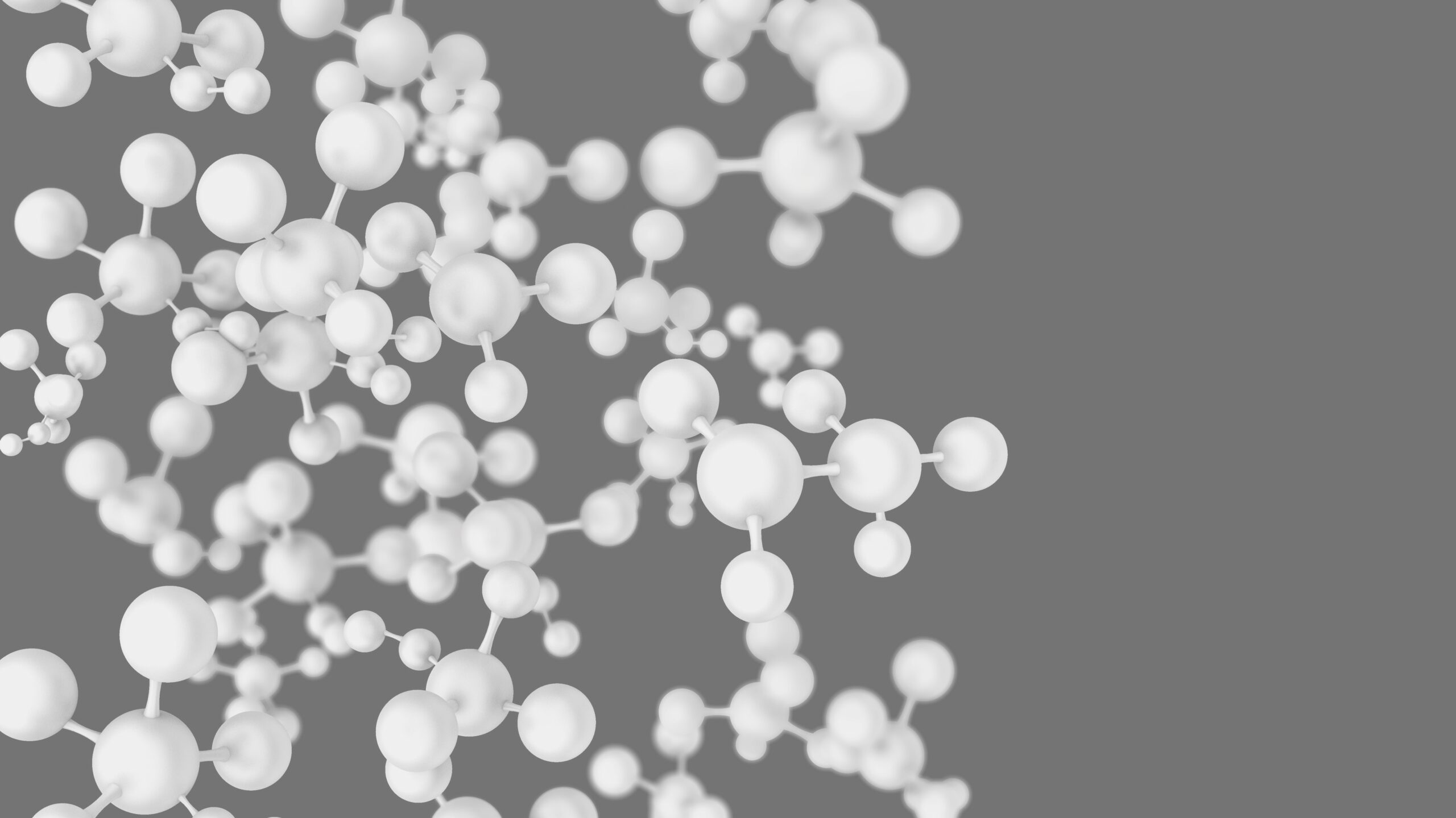Exploring the Difference Between NAD+ and NADH
In molecular biology, there are always complex and intriguing structures to understand. One of these complex systems is the interplay between NAD+ and NADH, two essential coenzymes involved in various processes of energy transformation within the cells. So, what exactly are these molecules, and what activities are they involved in? Exploring the roles of these coenzymes in metabolism, energy production, and aging can be a captivating journey, ultimately empowering us to make informed choices in our daily lives to support our vitality and longevity. This article dives into the biochemistry of these two coenzymes to understand their integral roles. Keep reading to unravel this intriguing molecular world.
Understanding the Basics: What are NAD+ and NADH?

NAD+, which stands for Nicotinamide Adenine Dinucleotide, and its reduced form, NADH, play pivotal roles in a plethora of biochemical reactions inside living organisms. These coenzymes are indispensably participating in cellular processes like energy transfer and signal transduction, contributing largely to cellular functionality and the life process. It is fascinating to discover the range of activities these molecules are involved in within the tiny cellular environment.
The intricate mechanism of action of these molecules forms the backbone of this article. The subtle difference between NAD+ and NADH guides us into the vast arena of cellular metabolism and the role these coenzymes play in ensuring a well-regulated metabolic system. This ‘back and forth’ of electron transfer showcases how ingeniously nature has planned and structured the energetic and metabolic system of a cell.
The principal activities of these coenzymes include carrying electrons from one reaction site to another inside an organism’s cells, especially during the cellular respiration process, contributing to the production of ATP (Adenosine Triphosphate), the cellular ‘currency’ of energy. The consistent presence of NAD+ and NADH at the required sites ensures the smooth running of these processes, thus maintaining cellular homeostasis. If you’re interested, continuing to research NAD+ can be a fascinating and educational experience.
A Closer Look at NAD+, The Oxidized Form
NAD+ is an oxidized version of NADH, which means it can accept electrons from other molecules. This characteristic makes it a fundamental player in different biochemical reactions inside living organisms, primarily those involved in energy production. Although it is capable of accepting electrons, it is the responsibility of the corresponding enzymes to either donate these electrons to NAD+ or accept them, depending on the directionality of the reaction.
The central role played by NAD+ fits perfectly into the concept of redox reactions occurring in organisms’ cells. Redox reactions, or oxidation-reduction reactions, involve the movement of electrons from one molecule to another. Thus, the ability of NAD+ to accept electrons makes it a major component of these reactions. It facilitates the transfer of electrons derived from nutritional intake, thereby driving the energy production process.
The complexity and the array of metabolic activities that NAD+ is involved in signify its absolute necessity in a functioning organism. It has been observed that a decrease in NAD+ levels can induce several adverse effects on an organism’s health, including metabolic disorders and even the process of aging. Hence, mobility, availability, and the variance in NAD+ levels can largely impact an organism’s health and well-being.
Understanding the Role of NADH, The Reduced Form

Situated at the other end of the spectrum is NADH, the reduced version of NAD+. This molecule is the subsequent product after NAD+ has accepted its electron. The prime role of NADH is to donate these electrons, received from NAD+, to the next participant in the reaction cycle, often a series of proteins known as electron transport chains. This electron transfer is vital for the continued production of energy. NADH and its donating capabilities are indispensable for the proper functioning of an organism. The running of the electron transport chain and the subsequent production of ATP, the energy ‘currency’ in cells, is largely dependent on NADH.
Any alterations in the levels and efficiency of NADH can lead to severe metabolic disruptions. The function of NADH is a testimony to the intricate balance that exists in biological systems. The energy equilibrium in a cellular environment is based on the continuous cycles of oxidation and reduction taking place. The interaction between NAD+ and NADH serves to maintain this balance, ensuring that the energy needs of the organism are timely and adequately met. This balance underpins the biochemical efficiency of living organisms.
The Interchangeability of NAD+ and NADH:
A critical factor in the functioning of these coenzymes is their ability to fluctuate between the oxidized and reduced states. This interchangeability is vital for the smooth progression of metabolic processes associated with it. The mechanism of how these molecules transition between these two forms is a focal point of researchers’ studies because understanding this could unravel the mechanics of various metabolic disorders. The equilibrium between NAD+ and NADH is also a determinant of the redox state of the cell, a factor crucial for maintaining cell functionality.
While NAD+ functions as an electron acceptor, kick-starting the metabolic reactions, the subsequent generation of NADH leads to the continuation of these reactions, the process vital for energy production inside cells. Hence, the shift between these two forms parallels the metabolic activities within the cell.
Many metabolic diseases can be traced back to the malfunctioning of this interplay between NAD+ and NADH. From ailments like diabetes and heart disorders to neurogenerative diseases, the impact of disruption in NAD+/NADH metabolism can cause varied pathologic conditions. Therefore, understanding the effective management of this balance has potential implications for managing these health conditions.
The Impact on Cellular Aging:

One of the fascinating aspects associated with NAD+ and NADH is their implications on cellular aging. As organisms age, the levels of NAD+ have been observed to decrease, which contributes to the reduced performances of several biological functions. These deflections in NAD+ levels can lead to several age-associated disorders, thus compromising healthy aging. The effect of aging on NAD+/NADH balance and their role in leading to age-related disorders has made these coenzymes the interest of several research studies.
The perception is that by understanding the intricate relationship between these molecules and aging, we could unravel the ways to manage and perhaps delay the aging process. The potential to manipulate NAD+ levels, particularly replenishing the declining levels, is a current point of investigation. The focus of these studies is whether increasing the NAD+ levels in older individuals makes it possible to mitigate the impact of aging and its associated disorders. Understanding this relationship could mean a significant advancement in managing aging and related conditions.
We still have a lot to learn about NAD+ and NADH and there is a stunning amount of research being done, but scientists are hopeful for the future. If you want to incorporate NAD+ into your routine or you’re considering a NAD+ supplement, then talk to your healthcare provider first. They can explain how any products are likely to affect any health conditions you have or interact with medications you’re taking.
Learning about the nuanced interaction between NAD+ and NADH, and their interplay in maintaining an organism’s balance is at the forefront of today’s biochemistry research. From cellular respiration to aging, these coenzymes are intrinsically involved in countless processes, which highlights their importance in understanding biological processes and disease management. Overall, the fascinating chemistry of NAD+ and NADH demonstrates the brilliant complexity of biological systems. Apart from understanding the pivotal roles they play in energy transformation processes, they also hold the key to future breakthroughs in managing age-related disorders and potential treatments of metabolic diseases.
